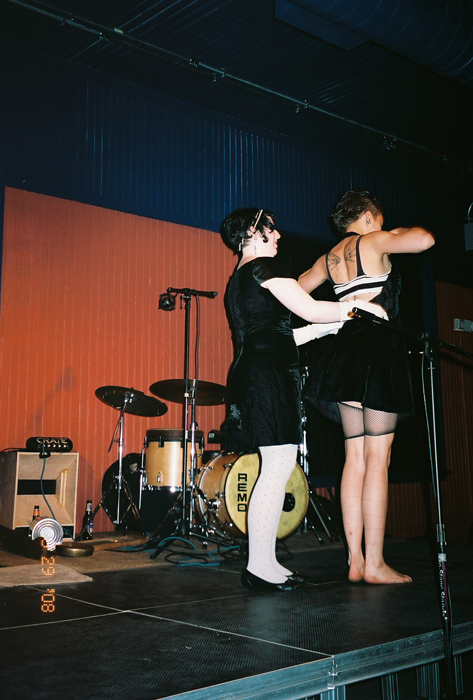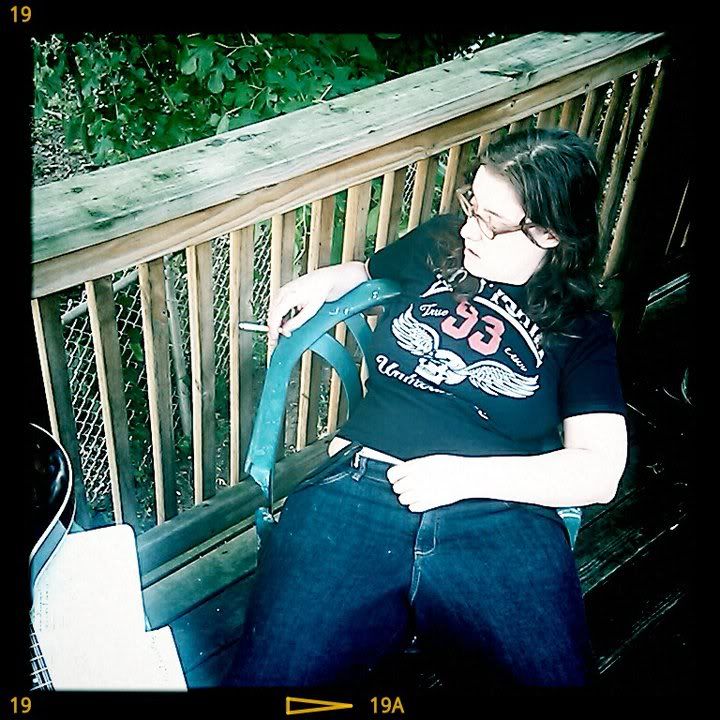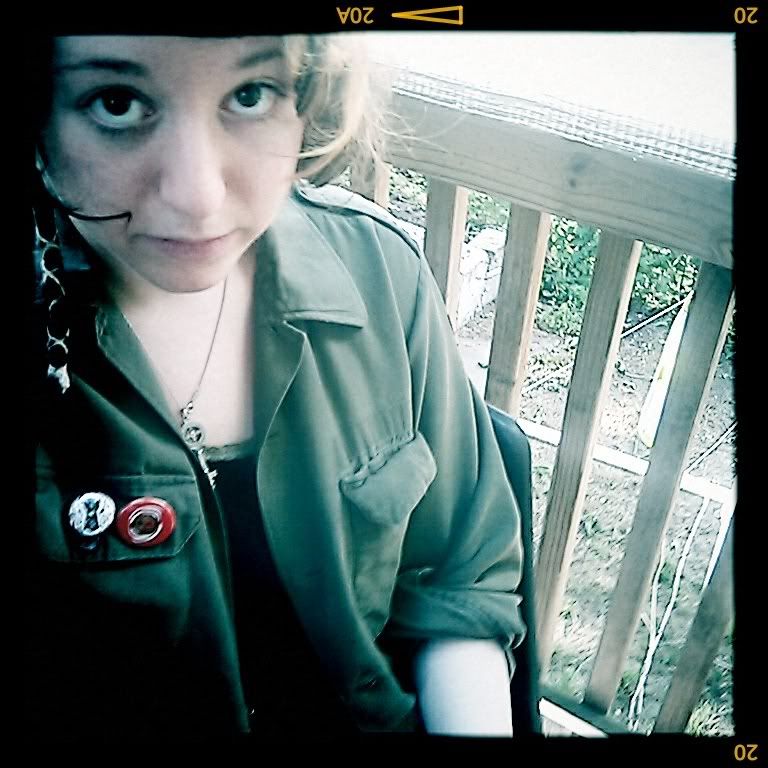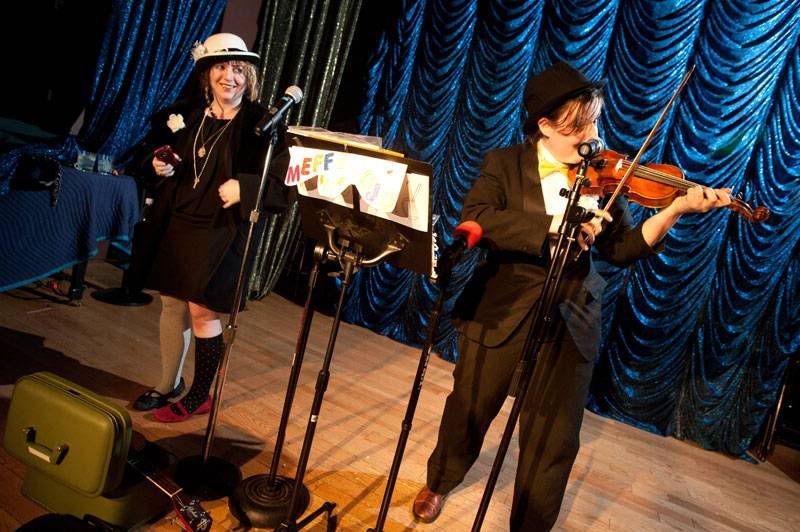We were going dancing in Northampton and I had this flimsy, sheer gray t-shirt with exposed seams and I wanted to wear it with only a black bra under it but you didn’t get it.
It was my birthday so I wore a fake pink rose corsage that was mom’s in junior high pinned to my black “wife beater” but you didn’t get that either.
Katie said I could have the ungodly huge sparkly leopard print flower brooch since no one would ever buy it so I took it. We named it “The Black Orchid.” I wore it with a white scooped boat-neck t-shirt and a gray denim skirt all ungodly hot summer.
In New York we bought battery-operated pink flashing heart-shaped Virgin Mary pendants and we loved them. But not in an “ironic” way. In a thrilled-to-tears little girl way.
I had these Punky Brewster-pink pencil hair barrettes that I found at Salvation Army and I wore them to the party. You said, “damn girl you love writing!”
It was always a question of do I want to be Janis Joplin or do I want to be Drew Barrymore or Enid Coleslaw or Kerry Kennedy today?
I had an idea. I had a Virgin Mary pendant that was maybe my grandma’s or maybe from the dawn of time and encased in a blue prism unearthed from a mermaid lair deep in the sea, and I had half of a broken golden heart charm from a Best Friends necklace. And I wore them on the same gold chain.
I told my mom that the sapphire-and-diamond ring that my grandfather gave my grandma and my grandma gave her should be the middle-child ring so that she would give it to me. I wore it to all my job interviews. It made me feel like crying.
I got these awesome, ugly tie-dye heart earrings at a tag sale. I developed an aesthetic called “5th grade hippie chic” based on them.
I found a child’s watercolor painting of a teenage girl wearing purple eye shadow in the trash in San Francisco. I wore a thick, red, quilted velour hooded vest with a gold owl necklace. I called it “urban red riding hood.” You didn’t get it.
I wear hot pink nail polish to save the fucking summer.
I wear gray nail polish to remind the world of graveyards. And consequentially that we are all on the contrary very much still alive.
I wear this hollowed out conch shell as a ring so I can hear the fucking ocean sing.
I wear a shredded t-shirt version of the Les Miserables sweatshirt that my mother wears for gardening and I wear it with the fake-diamond necklace from the Icing that I wore to Senior Prom. You didn’t get it.
I wear the black tights with the line up the back cause it conjures up a fake memory.
I wear a shredded, oversized Pink Floyd tank top as a reminder.
I’m at a party and I’m not even that lonely and I’m wearing birdcage heels.
Bio: Marisa Crawford is the author of The Haunted House from the feminist poetry press Switchback Books. Her poems have recently appeared or are forthcoming in Action Yes, La Fovea, Black Clock, Bone Bouquet and Columbia Poetry Review. Marisa is an editor of Small Desk Press and a writing mentor with Girls Write Now. She lives in Brooklyn. Find her work online at marisacrawfordforever.com.















































